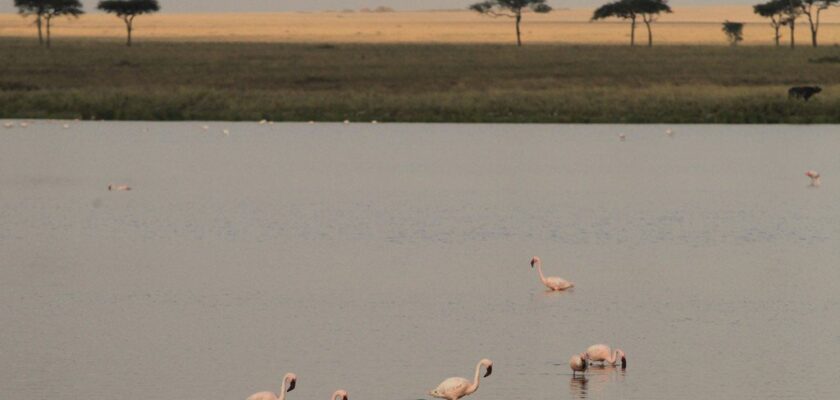Serengeti National Park
Serengeti National Park was established in 1951 as a game reserve covering a vast area in Northern Tanzania (14,763 km²). In the Maasai language, Serengeti means “Endless Plains”. This is a very accurate description as the park is the largest in Tanzania and is located on a plateau, 914-1829 m above sea level.
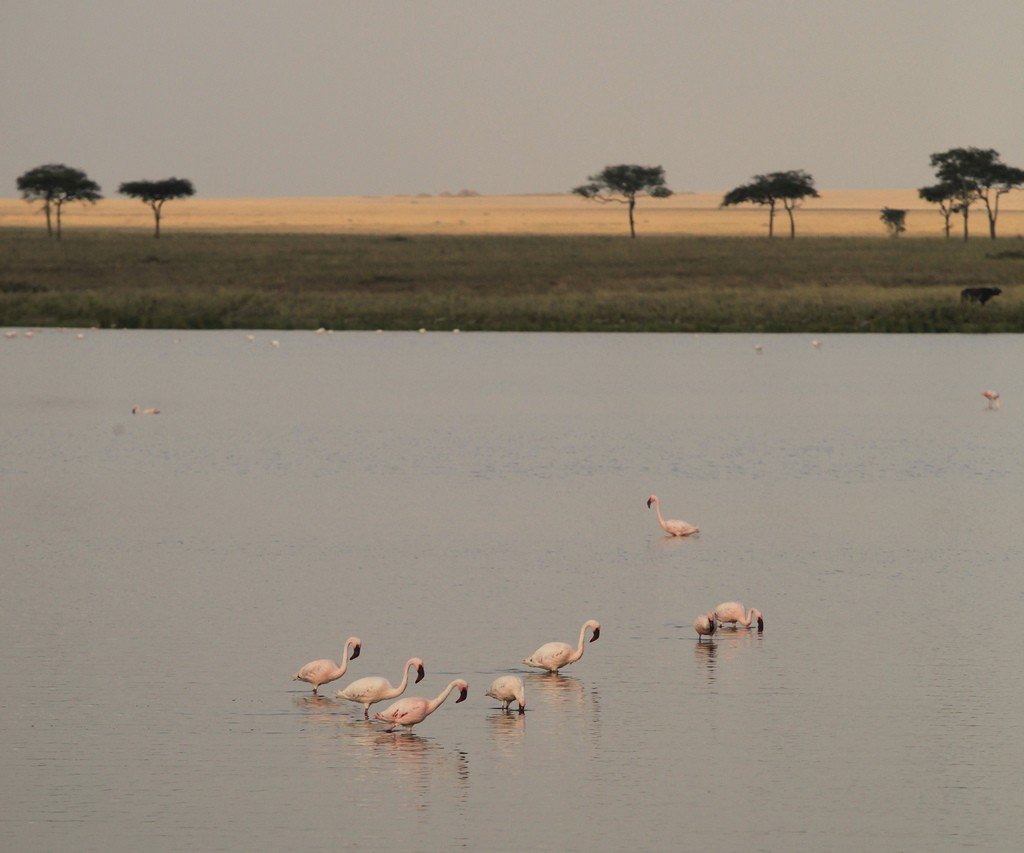
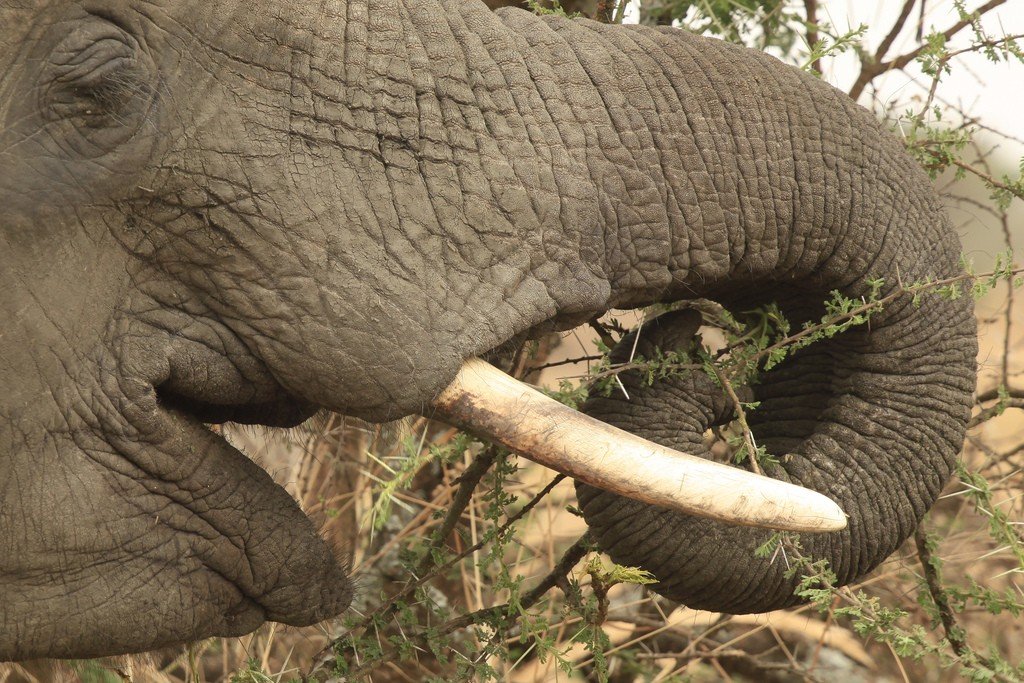
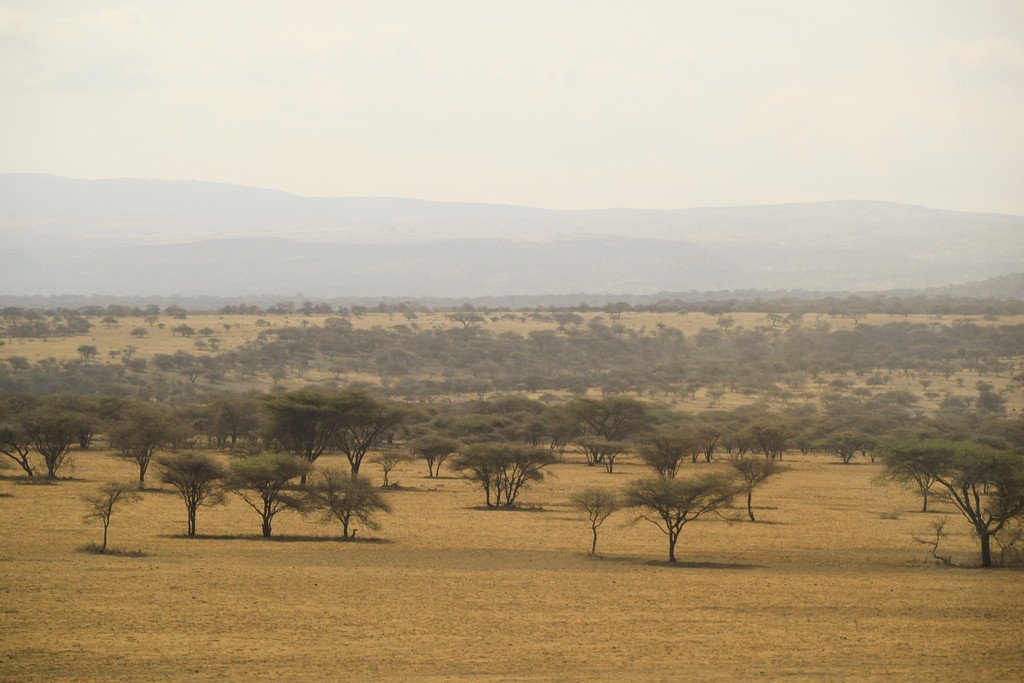
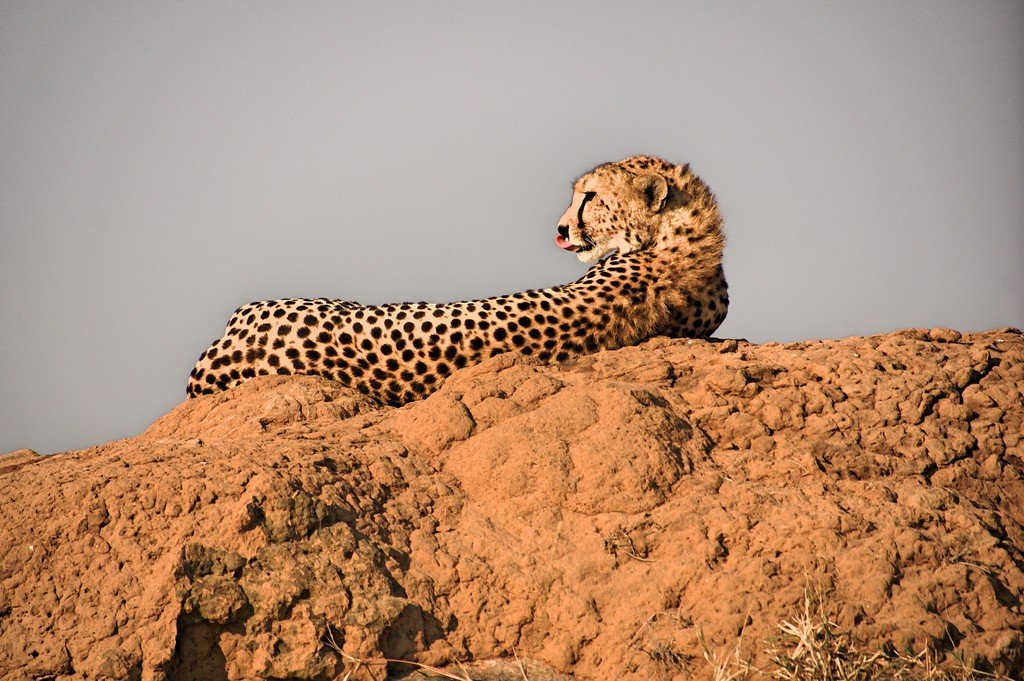
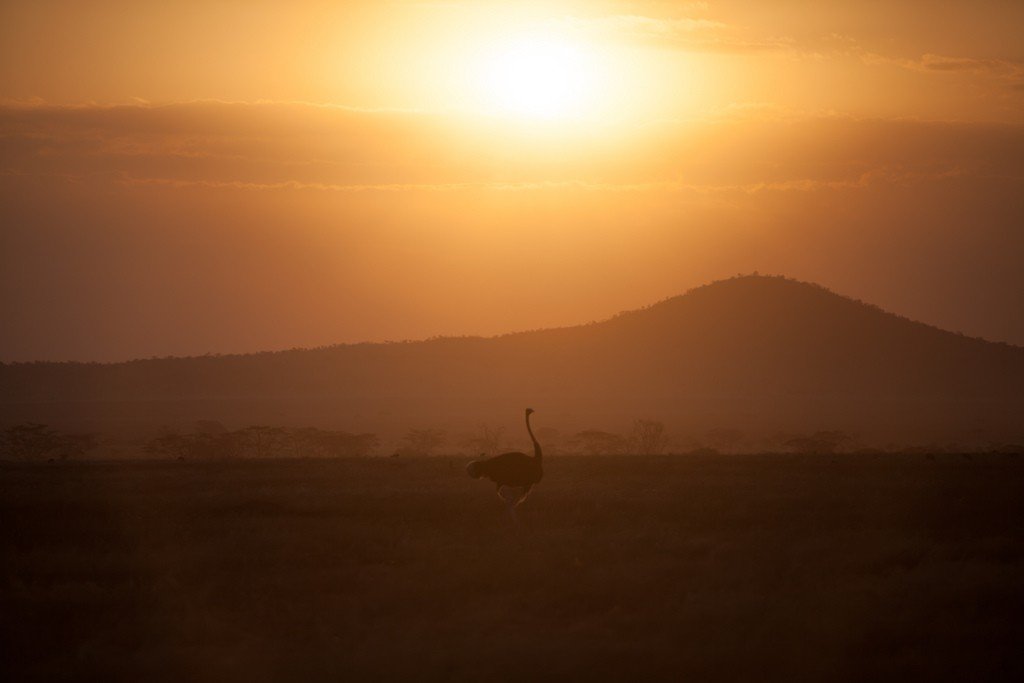
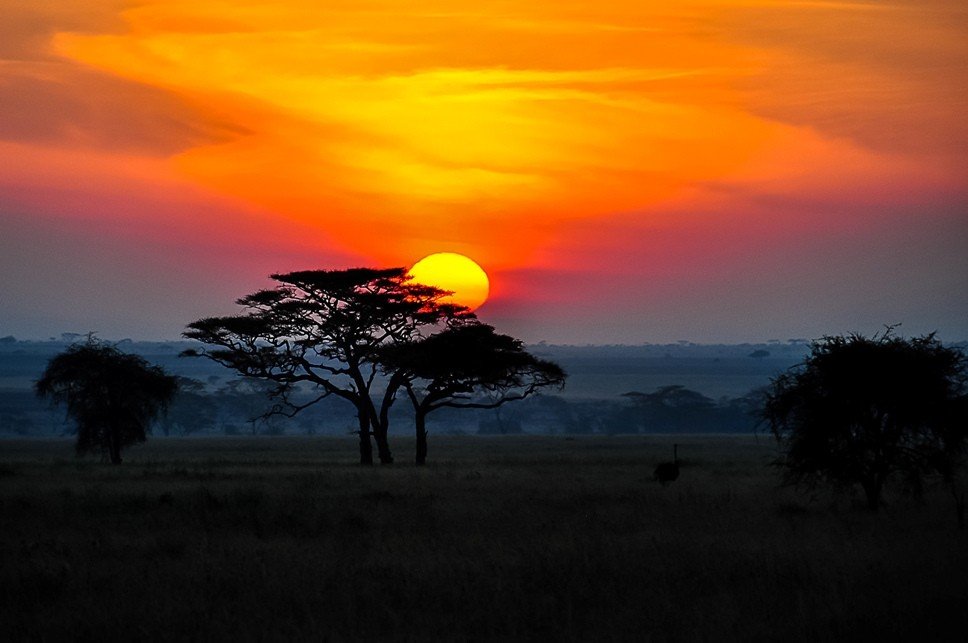
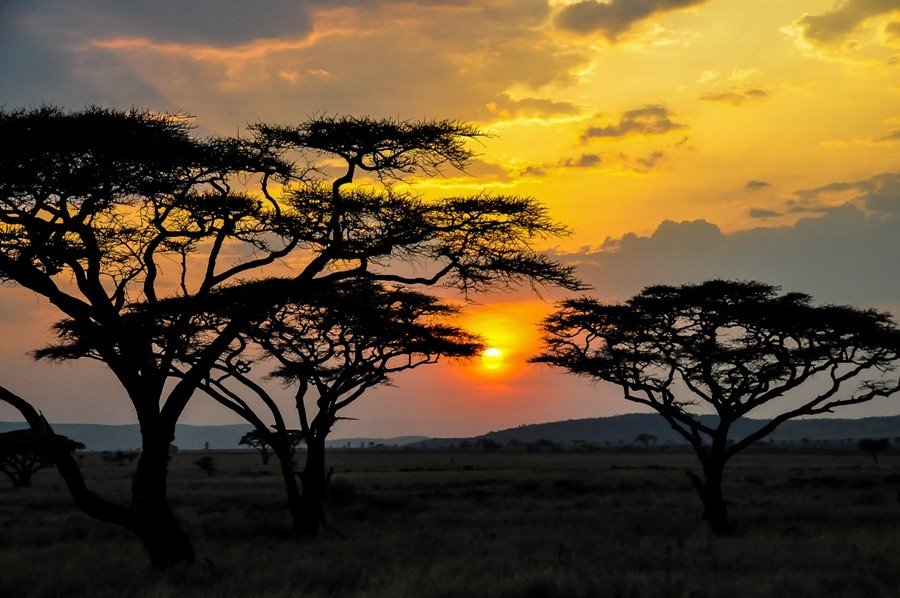
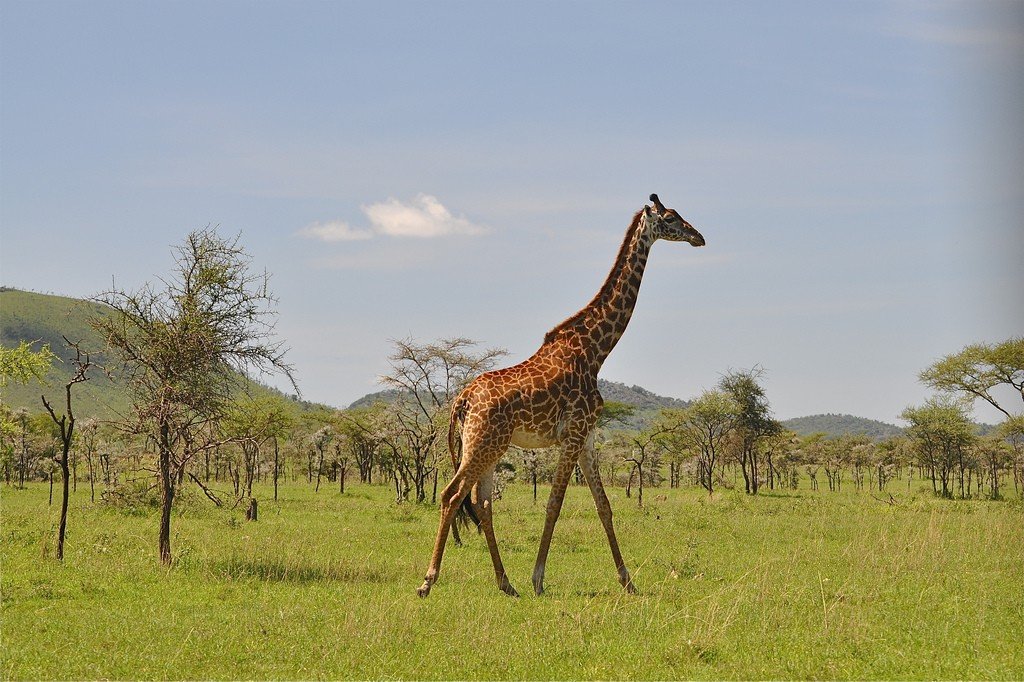
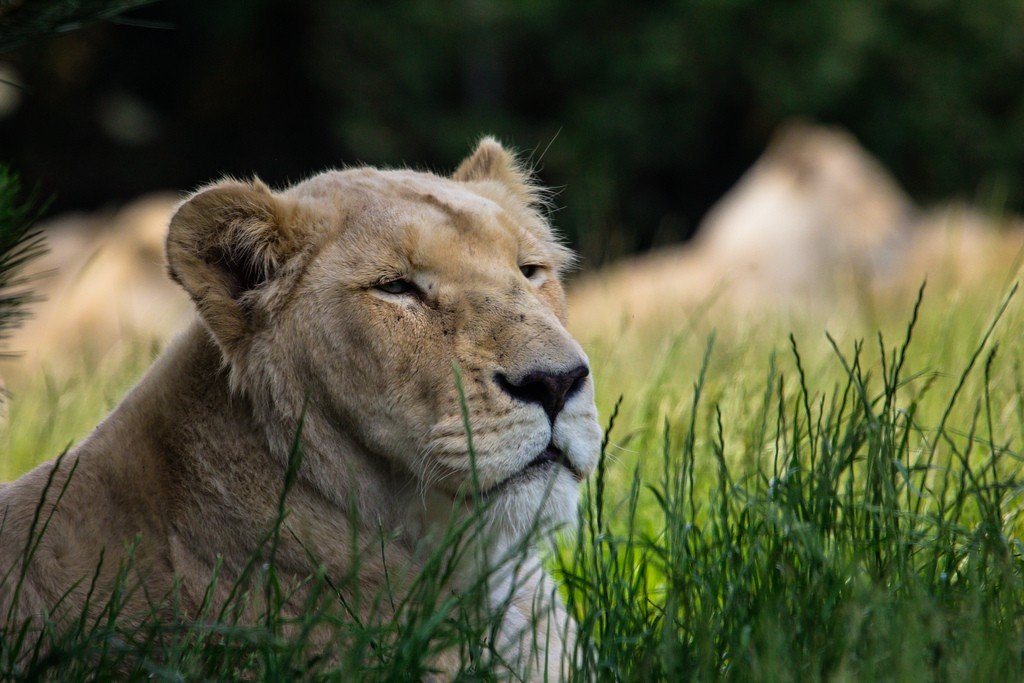
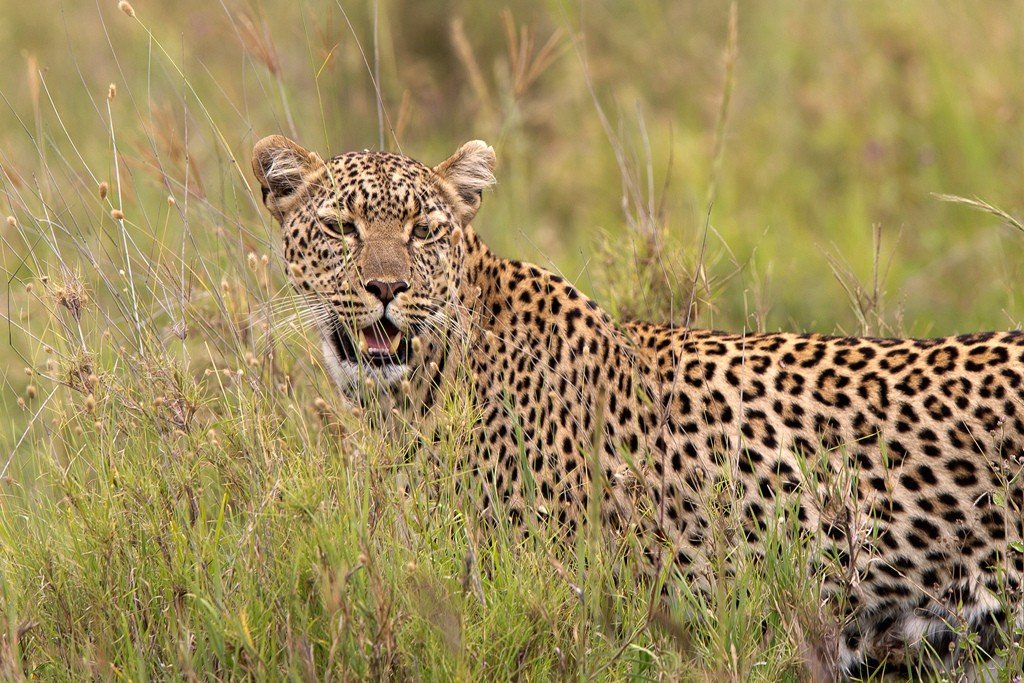
General Information
Roughly comparable in area to Northern Ireland and considered one of the largest reserves in the world, the Serengeti is famous for being home to 35 types of mammals, including lions, cheetahs, leopards, elephants, giraffes, hyenas, hippos, buffalo, rhinos, baboons and antelopes, as well as over 500 species of birds. Many of these animals are found nowhere else in the world.
.The annual migration of ungulates and zebras 800 kilometers in search of food and water during the dry season in May is one of the attractions of the park. The sight of the animals rushing across the plains is unforgettable. Elton John’s song “Circle of Life” is about this, so don’t forget to put it in your player when you go to the Serengeti. In March, antelope and zebra dismount and wander westward, wading across the Grumati River. In May and June, the herds change direction and head north, feeding on overgrown greens. By August the herbivores occupy Kenya’s Masai Mara Game Reserve, and in October they move back to the Serengeti, but only along other trails to the east of the summer trails. In February, the Serengeti turns into a huge maternity hospital: thousands of calves, foals and other animals are born here every day.
.
In addition to communicating with the animal world through a classic jeep safari, visitors to the Tanzanian national park can enjoy the exotic landscapes of African savannahs and plains, rivers and lakes. Watch beautiful sunsets and visit cliffs containing Maasai rock art.
.It is also the only park in Tanzania where you can go hot air ballooning, if you don’t, you will regret it for the rest of your life.
.In East Africa, only Kenya’s Tsavo National Parks are larger than the 15,000-kilometer-long Serengeti (+255-0689062-243, 0767536125). As for popularity, there’s no one to match it – and there’s a lot of credit to the father and son Grzimek. In the 50s, German naturalists first used aviation to count the number of animals. In the end, their light Dornier, painted as a zebra, crashed with Michael Grzimek at the controls. The explorer was buried on the edge of the Ngorongoro Crater, and 30 years later his father, who wrote several books about Tanzanian nature – including the famous “Serengeti Must Not Die” – was laid to rest nearby.”
.
The best time to visit the park is considered winter (December through March). The Serengeti is located 250 kilometers northwest of Arusha. The most visited areas of the vast savannah are the southeast and center, where the main local village of Seronera and the largest park airfield are located. This is where those park visitors who take Coastal Aviation’s daily direct flights from Arusha (1 hr. 20 min., $175) arrive. There are also airfields in the north (Kogatende, Coastal Aviation, daily from Arusha, $260) and south of the park (Southern Serengeti, Coastal Aviation, from Arusha, $200). The rest come via the highway leading west from Arusha towards Lake Victoria. The main gate of Naabi Hill (Naabi Hill Gate, adults/children 5-16 years 50/10 $, under 5 years – free, guide 20 $/day) closes already at 18.00, as movement in the park after 7 pm is prohibited. If you don’t have a safarimobile or a rented car, you can get to Seronera by shuttle bus from Arusha to the north-western cities of Tanzania – Musoma or Mwanza. This way you can drive the entire Serengeti from east to west, but don’t expect to see much. From the west, entry to the park is through a balloon basket gate: flights are organized by Serengeti Balloon Safaris (Arusha, www.balloon-safaris.com) at a cost of about $500 – contact them or any park hotel in Seronera. There is also an information center in this village (Visitors Information Centre, 8 a.m.-5 p.m.). Day trips around the park are also organized by the hotels, and you can buy a tour (often together with Ngorongoro and other neighboring parks) from travel agencies in Dar es Salaam, Arusha and Moshi, for example:
.- Worldlink Travel and Tours (DTV Building, Dar-es-Salaam, +255-022-2116024/5, 022-2126691/2, +255-0752786222; www.worldlinktz.com). Serengeti for 3 days/2 nights, including flights from Dar es Salaam, costs from $1,800 (for a couple, the same program will cost $1,800 per person). .
- Serengeti Pride Safaris & Kilimanjaro Climbs (Usa River, Arusha, +255-0785353534; www.serengetipridesafaris.com). Serengeti, Manyara & Ngorongoro for 7 days and $1,715 (minimum 4 people in group).
- Rikshaw Travel Group (in Dara +255-022-2602303/304/305/ 610/612/613; 022-2137275,213-9273; in Arusha +255-027-2545955, 2545956; www.rickshawtravels.com). 5 days/4 nights with visits to Serengeti, Ngorongoro and Lake Manyara during ungulate migration days – from $2,075. Start and finish at Kilimanjaro airport.
- Tanzania 2000 Adventure (Arusha, +255-0786013994,077-3478748; www.tanzania-adventure.com). Four-day trip from Arusha to Ngorongoro and Serengeti with overnight stays in the center of the latter for $980 (4 people in a group).
